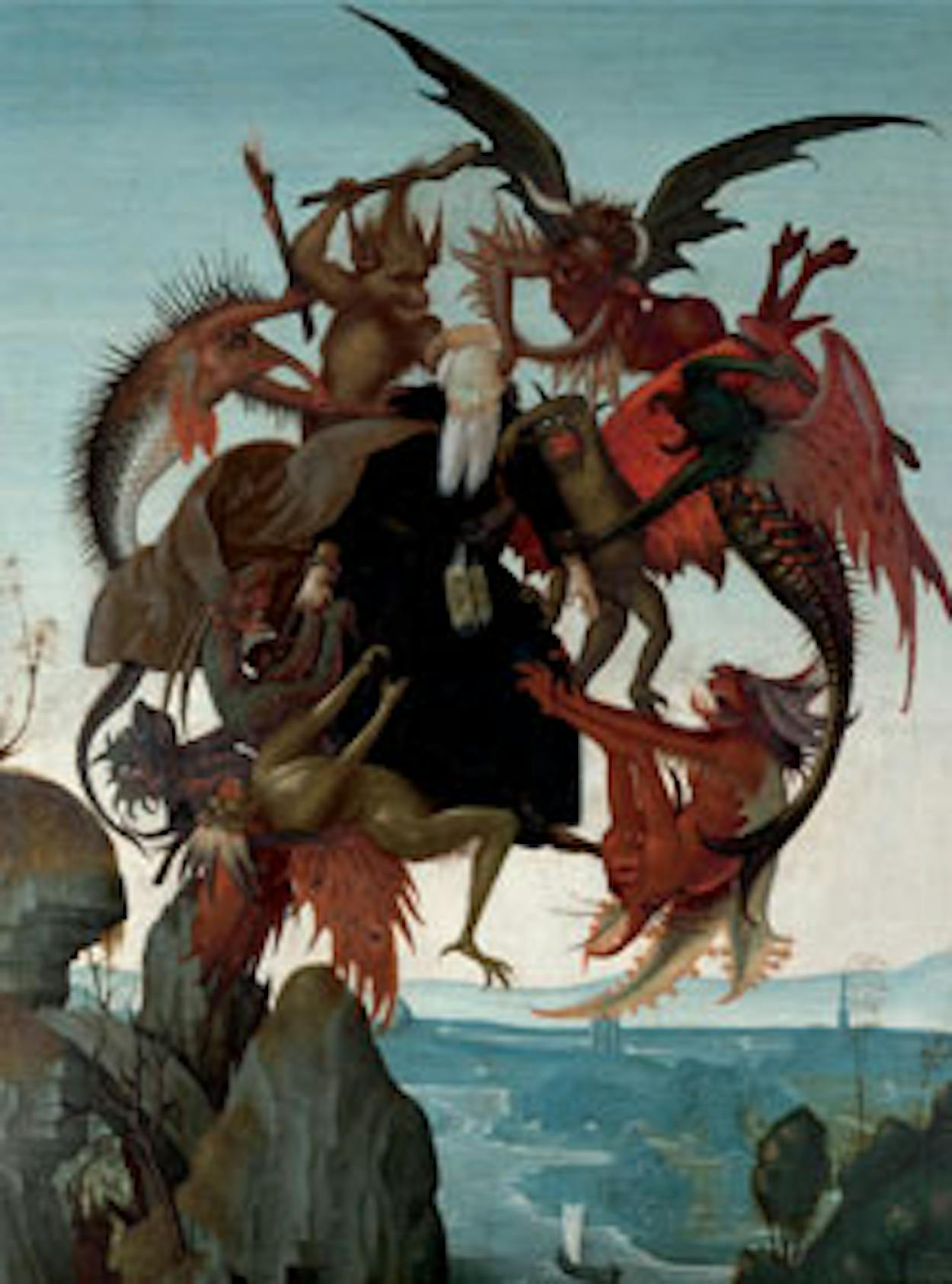Eric M. Lee, the director of Fort Worth’s Kimbell Art Museum, often regarded as the country’s finest small museum, had his first day on the job three and a half years ago, but his admiration of the museum dates back to 1987, when he was an art history major at Yale. It was then that the museum’s building, with its famed vaulted galleries and impressive landscaping, captured Lee’s imagination, prompting him to write a paper on the architecture and the mastermind behind its design, Louis Kahn.
“Already then, I thought the Kimbell was the most exciting museum in the country,” Lee said.
That same year, during a visit to the Metropolitan Museum of Art, he was mesmerized by Caravaggio’s The Cardsharps, a seminal work that was one of several famous acquisitions by Edmund P. Pillsbury, the former director who added several renowned European pieces to the Kimbell’s permanent collection and put the small museum on the national radar.
Now Lee seems determined to put his own indelible stamp on the museum, which is celebrating its fortieth anniversary with a much-anticipated exhibition: “The Kimbell at 40: An Evolving Masterpiece,” which opens October 7. Featuring more than 220 masterworks, this sprawling retrospective underscores the museum’s status as one of the country’s most prestigious repositories of some of the art world’s greatest artists from Caravaggio and Rembrandt to Velázquez and Cezanne.
Like Pillsbury, Lee recently managed to thrust the Kimbell into the center of the art world’s attention through his careful engineering of a major purchase: The Torment of Saint Anthony, a painting by young Michelangelo. This landmark acquisition by the 46-year-old director emphasizes his art historian’s gravitas and his ability to work collegially with the board to keep the museum moving forward.
“I’m honored to help lead the museum into the next chapter,” said Lee, the fourth director in the Kimbell’s history, whose slightly lilting voice reveals his North Carolinian roots.
To that end Lee is working with world-renowned the architect Renzo Piano on the museum’s first annex-expansion.
This new wing, which cost $135 million and is scheduled for a late 2013 opening, will appear as a low-slung pavilion of smooth concrete, Douglas-fir beams, and stretched scrims of fabric, crowned by a floating glass roof. The design was several years in the making, and during that time Lee, with the museum’s board, made judicious suggestions about the 82,000-square-foot building’s final look.
“For the expansion, I really didn’t want us to lose the original Kimbell’s sense of intimacy,” Lee said.
After seeing the initial choice of white sheetrock for the gallery walls, he voiced his preference for a material that echoed the warm travertine and concrete walls of the Kimbell’s Louis Kahn-designed original building, which itself is considered a masterpiece of museum architecture.
“Ultimately, Piano introduced a light grey-colored concrete,” Lee said.
Lee has also spearheaded several key acquisitions. He snapped up Poussin’s Sacrament of Ordination for a reported $24.3 million after doggedly pursuing the piece through a labyrinth of negotiations involving the collection of an English duke, a failed sale at Christie’s auction house, and an elusive export license.
“We couldn’t let this Poussin, one of the greatest old masterworks to come on the market in years, pass us by,” Lee said.
But it was clearly the Michelangelo purchase that burnished Lee’s reputation as a rising star. Learning about the rare work’s availability on his second day at the Kimbell, Lee argued for its acquisition but first he had to prove the painting’s authenticity.
The Metropolitan Museum of Art’s conservation department conducted a thorough examination of the piece and concluded that it was indeed an original Michelangelo.
“When we couldn’t come up with a single argument for not buying it, I became totally convinced it was right,” Lee said. “But getting to that point was pretty nerve wracking.”
In the end, the Kimbell agreed to pay a reported $6.5 million for the Michelangelo. When it debuted at the museum in September 2009, it was one of only four known Michelangelo’s easel paintings in existence.
“If one Kimbell painting is mentioned on TripAdvisor, it is this one,” said Lee.
Lee faced another challenge two years later when he had to use his skills as an art scholar and marketer for “Caravaggio and His Followers in Rome,” the second largest Caravaggio exhibition ever staged in the United States.
“Since Caravaggio is not a household name, I wanted to pull out all the marketing stops by making the commercials like movie commercials—eye-catching, melodramatic, even a bit kitschy,” Lee said.
Lee’s marketing gamble paid off. Attendance went from a modest few hundred-per-day to 5,000 during the show’s last weekends.
This ability to bring fresh curatorial and marketing initiatives to the Kimbell has earned its director praise from his Fort Worth museum peers.
“I so appreciate the ease and youthful spirit that Eric brings to carrying on the awesome tradition of the Kimbell, while also bringing it forward with the new building,” said Andrew Walker, director of the neighboring Amon Carter Museum of American Art.
When Lee is asked to chart the future course for the one of the country’s most venerated temples of fine art, he is both modest yet visionary: “I don’t need to bring total change to the Kimbell because so much of what it does is so right,” said Lee. “But with the new building and the museum’s expansion, I have one foot grounded in the museum’s tradition, and the other foot very much pointed towards the future.”







